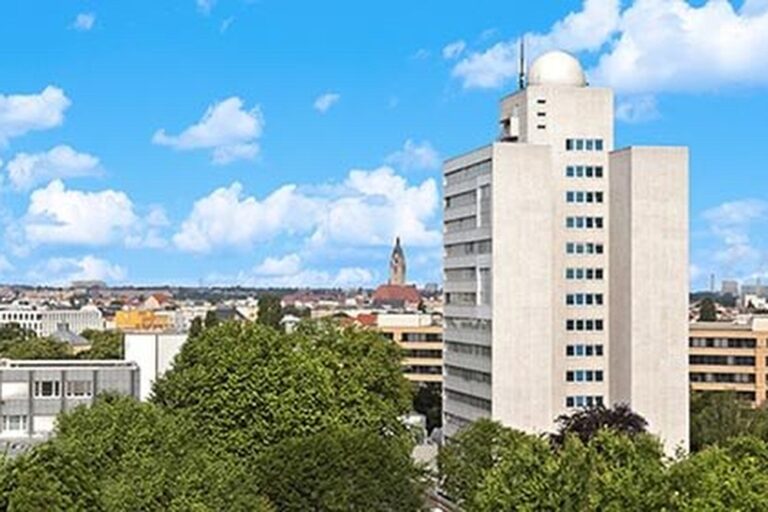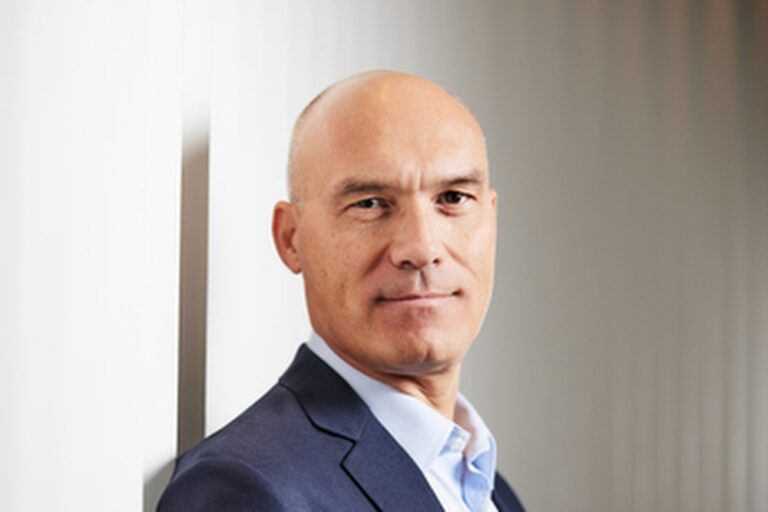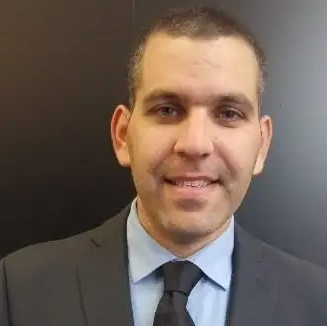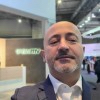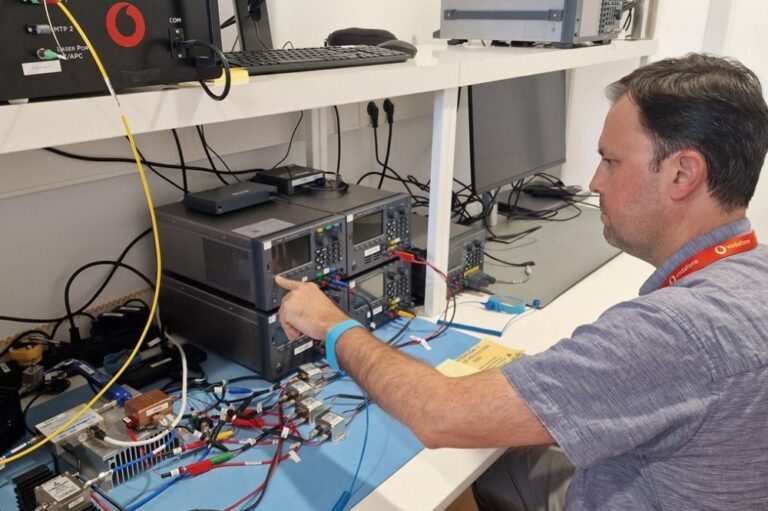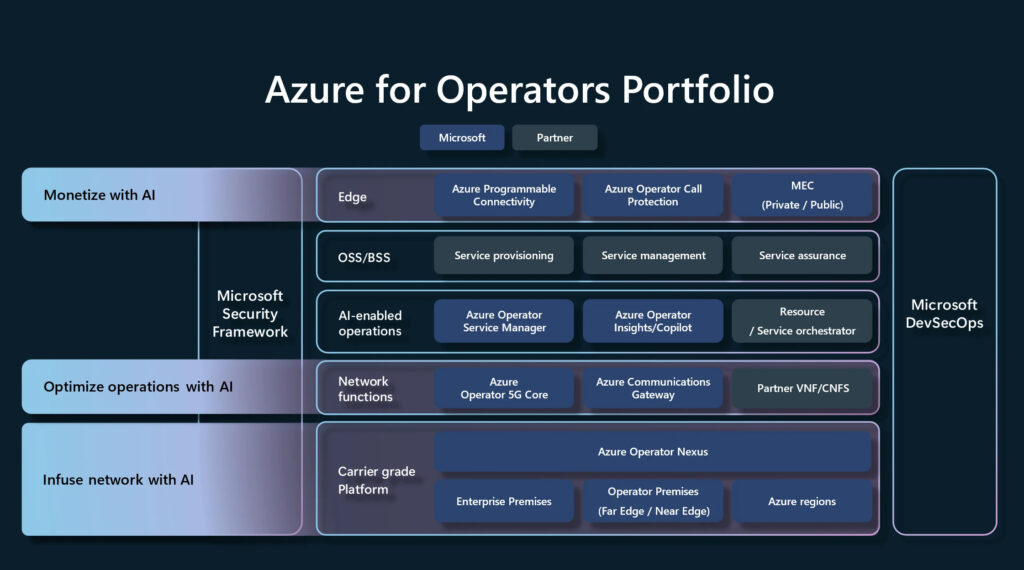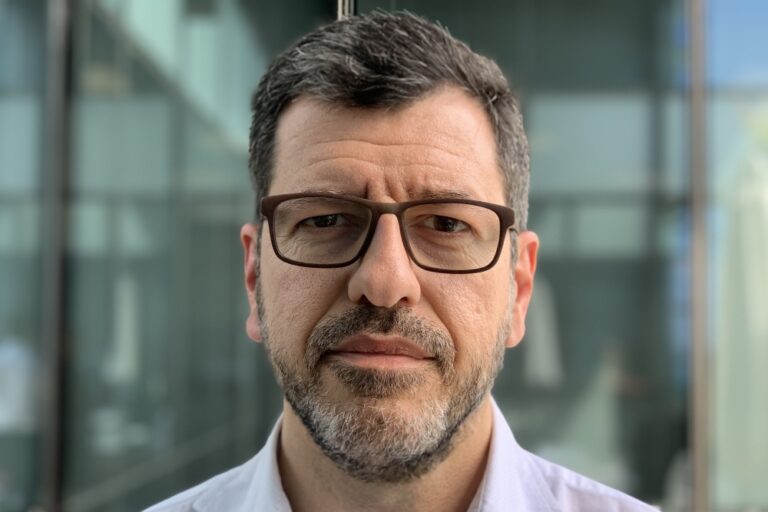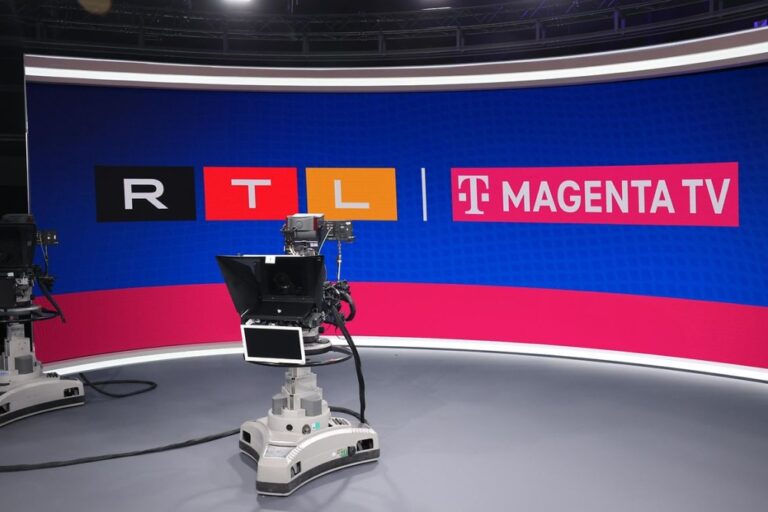The launch of HPE Aruba Networking Enterprise Private 5G will help enterprises and even telcos accelerate and simplify the deployment and management of private 5G networks
Hewlett Packard Enterprise surprised financial analysts this week after demand for its AI-optimised servers blew away their estimates at the company’s earnings call. The company forecast third-quarter revenue of $7.4 billion to $7.8 billion, compared with analysts’ estimate of $7.46 billion. The current AI boom helped its server revenue rise 18% YoY, to $3.9 billion in Q2 ended 30 April – more than doubling sequentially to $900 million, and with an order backlog in the billions.
However, beyond the AI excitement, during the earnings call CEO Antonio Neri also pointedly highlighted how its HPE Aruba Networking unit’s latest Enterprise Private 5G launch this week could be the final piece of the 5G and wi-fi co-existence jigsaw for enterprises.
“We announced significant new innovations during the quarter to align with HPE’s broader AI strategy. These solutions include generative AI capabilities to improve AIOps, and Wi-Fi 7 access points that capture edge data for AI inferencing,” he said. “In addition, last month we launched new security and AI observability tools to help fight AI cyber risks. And just yesterday, we expanded the most complete private 5G and wi-fi portfolio in the market with the launch of HPE Aruba Networking Enterprise Private 5G. All of this will be delivered through our HPE GreenLake cloud platform.”
It is difficult to gauge exactly how big the private 5G opportunity may grow to, particularly as definitions vary widely. However, analysts are still prepared to take a stab. For example, SNS Telecom & IT’s “Private 5G Networks: 2024 – 2030” report predicts that annual investments in private 5G networks for vertical industries will grow at a CAGR of approximately 42% between 2024 and 2027, eventually accounting for nearly $3.5 billion by the end of 2027.
HPE Aruba Networking Enterprise Private 5G, simplifies the deployment and management of private 5G networks. More importantly, the solution integrates wi-fi and private 5G – with a coherent management roadmap – addressing connectivity challenges in large and remote environments such as manufacturing, healthcare, public venues and education.
The platform includes a 4G/5G core, HPE ProLiant Gen11 servers, SIM/eSIM cards, 4G/5G small cells, and a dashboard. It provides cloud-native management, expanded AI data capabilities, and interoperability with shared spectrum. The system, built on the expertise from HPE’s acquisition of Athonet, delivers rapid deployment and configuration.
Unifying private 5G and wi-fi management
At first glance it looks like HPE has taken a big step to integrating the management of the private 5G infrastructure with HPE Aruba’s wi-fi management and if the company cracks that, enterprises will have a unified client experience when roaming between wi-fi and mobile.
“HPE’s vision is one of unified connectivity,” HPE Aruba Networking head of wireless product marketing Gayle Levin (above) told Mobile Europe. “We are creating a unified management system in HPE Aruba Networking Central that supports common wi-fi and private 5G services and can be managed using a single pane of glass.”
“The first step is to modify the Athonet cloud management dashboard to include radio management and to deliver a look and feel common to HPE Aruba Networking Central,” she said. “We’re also developing the intelligence based on Passpoint and our work with Air Pass to allow devices that can run on both private 5G and wi-fi to use SIM identity for both so that they have the same level of access to resources on wi-fi and private 5G.”
Another issue to resolve in deployments is whether the SIM or wi-fi certificate would be the primary identity for the device. “For devices that support both wi-fi and private cellular, the SIM will be the primary identity and that identity will be shared across wi-fi,” said Levin. “We’ve been working on seamless handoffs for some time, using Air Pass and the Passpoint standard to coordinate shared identity, access to resources, and more.”
Management system integration
She explained how the mobile management system and the HPE Aruba Central management system work together. We’re integrating at the management level – HPE Aruba Networking Central will be the unifying function and single pane of glass across wi-fi, private 5G, wired and SD-WAN and it will also be supported in HPE GreenLake for financial and consumption flexibility with NaaS,” said Levin.
“The small cells and wi-fi APs will remain physically separate since combining the small cell and AP would be cost prohibitive, complicate deployment and purchasing decisions, and constrain product development and life cycles,” she said. “However, we believe that the value is in integrating the Day 0 to Day N management and making it simple enough for network admins to manage without requiring deep cellular expertise. The same AI capabilities that we use for wi-fi will be extended to private 5G networks.”
Not either-or technologies
Levin emphasises that despite the work HPE Aruba has done to make the 5G and wi-fi as seamless as possible, the company sees the two technologies as complementary. “For example, at the 2023 Ryder Cup, wi-fi was used at the clubhouse for fan access while private 5G was used for wider area coverage at the far fairways to support video streaming and for wi-fi backhaul.”
She added that to date, most of the adoption of private 5G has been in manufacturing, energy, and transportation to take advantage of its deterministic access, wider area coverage, traffic segmentation and high-speed mobility. “As private 5G becomes easier to deploy and manage, we believe that the market will grow and we’ll see more use in other areas such as mission-critical, back-of-office applications at public venues where wi-fi is used to deliver the ultimate fan experience and private 5G is used for optical ticket scanners or universities where private 5G complements wi-fi to backhaul safety video or provide connectivity for pop-up events,” she said.



